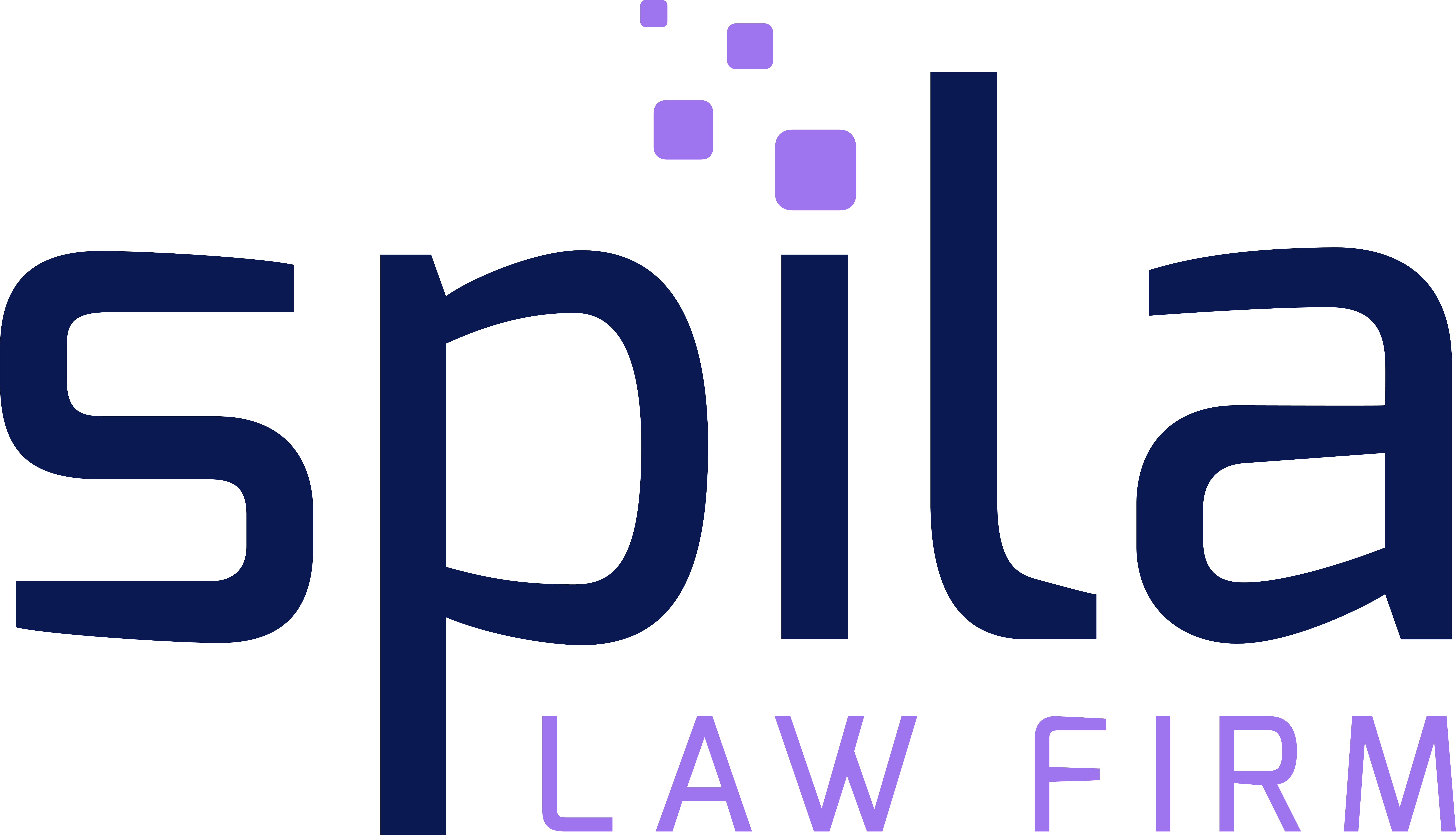Fashion
Fashion is a very unique industry full of legal challenges. We work for our clients so they can focus on their profession and passion. The work in this industry requires a lot of creative work and our job is to ensure that the clients can focus their energy on it, instead of spending time on formalities and legal aspects of their work.
We are here to help fashion professional to protect their intellectual property rights including copyright, trademark and design rights. Therefore we are here to provide you with legal support in various different ways.
- Trademark protection
- Brand protection strategy
- Copyright advisory
- Contracts
- Design registration
- Copyright registration
- Copyright infringement actions
- Dispute resolution
Why Us?
Together with high specialisation in intellectual property law, giving every single case individual approach, whether you are individual or a big company, with affordable and transparent pricing, we can offer you high standard of legal advisory in your industry.
- Specialisation in Intellectual property law
- Individual approach to each client and case
- Transparent pricing
FAQ
Whether you are illustrator, sculptor, interior design artist, fashion designer your work is based on your intellectual property – your ideas converted into something tangible, something with added value. Therefore you need to protect this value as the people will buy your products or your services thanks to this added value. The minimum you can do to protect your intangible assets is to trademark your business name or logo which is recognizable by your clients. However, the comprehensive answer would depend on many factors such as type of art you create and your market scope.
Most countries do not have strict form required for copyright notice, but most common copyright notice form are for example Copyright © 2020 Ann John or Copyright © 2020 Ann John. All rights reserved.
Yes, you can. In fact, many companies do this as there are many companies out there who are selling visualy distinctive digital products. These are for instance metaverse items, icons, parts of user interfaces of games or applications etc. You can also protect digital items with trademark.
There are several ways of doing this properly. Some protection may be granted through copyright, some through trademark, but the most effective protection for design is granted through design registration (also called industrial design protection).
Almost every physical and also many digital products can benefit from design registration. For instance jewelry, clothes, accessories, ceramics, tools, furniture, decorations, graphical user interface, computer icons, hardware, vehicles, bags, musical instruments, toys, games, work equipment etc.
No, you do not need to register your design in any official register in order to be recognized as its creator. However, if you publish the design before you register it you can have problem with obtaining registration in some countries. Therefore, always consider registration of your design before you publish it by any means.
Yes, someone else may, under certain conditions, use your product design in country B even though it is registered in country A by you, without your prior consent. However, we can help you register your design in multiple countries with single international design application.
Yes, some aspects of your product design can enjoy the copyright protection such as pictures. However, the design itself is not protected by copyright in most countries of the world. There is a special legal instrument called registered design or industrial design (depending on country of interest) which protects the ornamental or aesthetic aspect of the product.
As the consumers will or already do recognize your logo and connect it with your products and quality of your services, trademarking your logo is a very good option to start with. If you are not the author of the logo, then also consider obtaining license from its creator for trademarking and other business purposes.
This is a very difficult question to answer here, however we definitely recommend obtaining advice from IP specialist in this matter. You will surely have to make some due dilligence before the sale and also remember to use non-disclosure agreement whenever you discuss the confidential information related to your business (trade secrets, business methods, designing procedures, technology, material used…). Otherwise you can quickly find out that the „potential buyer“ is using your design and you can no longer effectively stop him from doing it.
Sometimes it can be very difficult to recognize whether this conduct can be considered as intellectual property infringement. Also it is very hard to generalize what are your chances to defend your rights. It is different in every single case and it will highly depend on your current IP strategy and registrations of your IP. If you think your rights are being infringed, always consult it with IP law specialist. That can save you a lot of money and time in future.
The example of the exclusive license is that licensor (author) is giving a consent to licensee (publisher) to exclusively publish his book a certain territory. France, for instance. Author is then prohibited to give a license to someone else for the duration of this contract. Exclusive license is mostly the more rewarding one for the author also for the publisher.
On the other hand the non-exclusive license means that the author is not giving the exclusive right to publish his book to the publisher, so he can also give this license to someone third. That leaves a space for more publishers at the same market.
